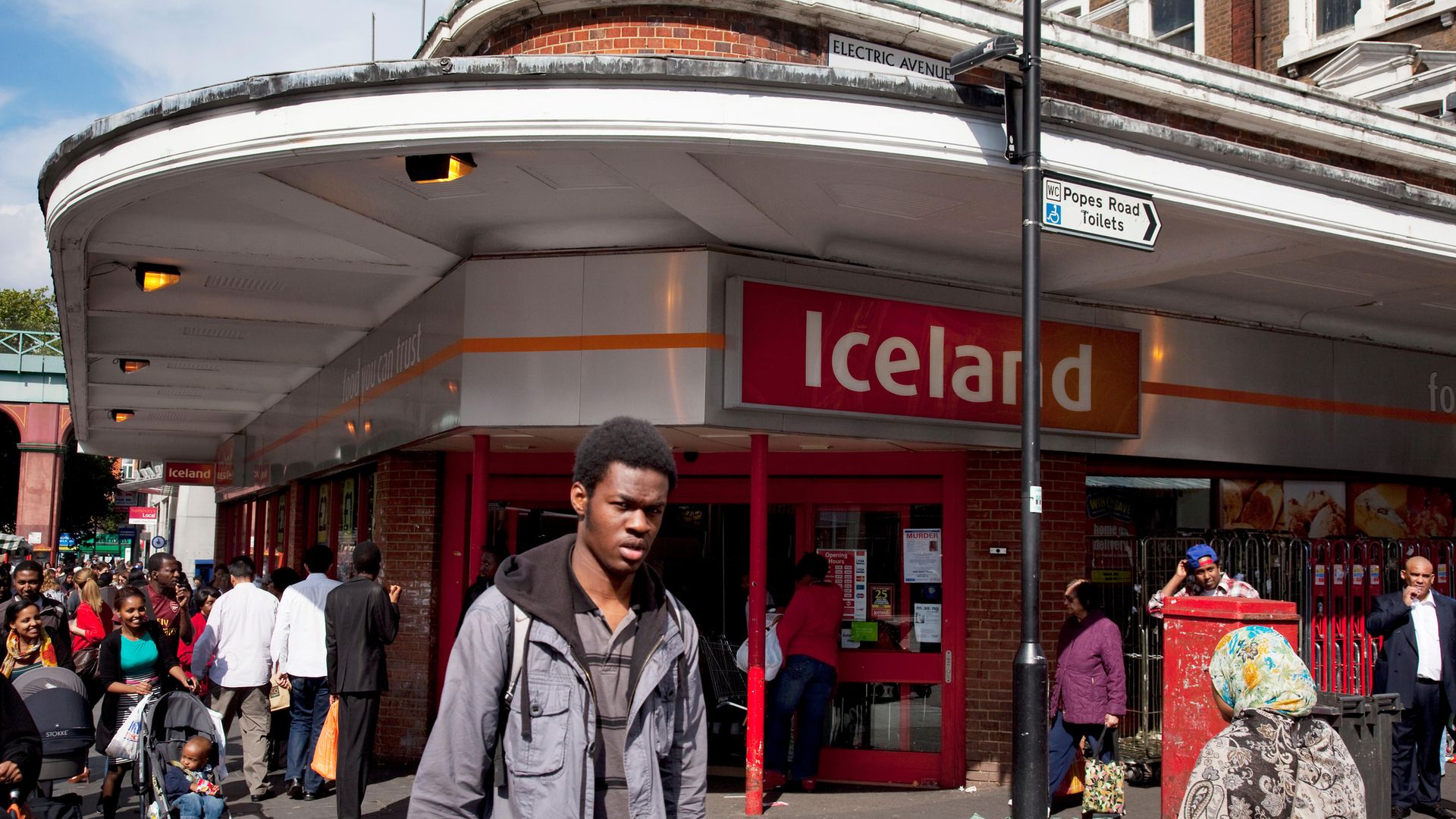
I’m concerned for the future of Brixton Speaks, my only foray, ever, into public visual arts. I did work as a cartoonist for a few years in the mid-1980s, contributing to publications as august as the New Statesman and City Limits, but my quip about the metier once I began writing in earnest, was that the captions had got longer and longer, while the drawings became more and more schematic, until I simply abandoned the latter altogether.
When I was approached ten years ago to produce a public artwork to be sited in Brixton’s world-famous Electric Avenue my reaction was first of all incredulous: Why me? Who had no experience of such things at all – and subsequently slightly appalled, because in the process of producing the artwork I learnt about the murky and bureaucratic world of these projects; learnt, specifically, that many of them were commissioned via intermediaries: public art ‘consultants’, who looked out for councils and town centres that were seeking to beautify their environs, then found the artists and managed the entire process of obtaining funding and permissions for a consideration.
The manufacture of culture in this fashion can lead to all sorts of glaring – and indeed bulky – solecisms. I’m sure you, gentle reader, have your own hated eyesores: statues and murals the like of which haunt your dreams, and which have the fact that they were effectively inspired by the bureaucratic processes that brought them into being written into their every lineament. I daresay there are some Brixtonians who feel this way about Brixton Speaks – but my defence, if I have any, is that the work at least conforms to the rubric I outlined above, being simply text without any pictorial element. Positioned on the wall of the branch of Iceland located near the junction of Brixton Road and Electric Avenue, this is a significant site: the entrance to the famous street market, as well as the place where at 5.25 pm on April 17, 1999, a nail bomb planted by the neo-Nazi David Copeland exploded, injuring 48 people – many of them seriously.
Copeland targeted Electric Avenue because of its ‘vibrant character’ – estate agent-speak for areas that have a high ethnic minority population: in this case black British, African and African-Caribbean. He was unlikely to’ve been aware that the Avenue is so-called because it was the first market street in the world to have electric lighting; built in the 1880s, the gently curving terraces were fronted by elegant glass and iron canopies for a hundred years, only being removed at around the time Eddie Grant was memorialising the 1981 Brixton riots with his lyric: “we gonna rock down to Electric Avenue / And then we’ll take it higher.”
My idea for the piece was, I felt, a response to all of this – and a celebration of the market’s continuing vigour and burgeoning diversity. The idea was simple: I would hang out around the market for a few days eavesdropping on all the multifarious conversations being had by the stallholders and their punters. Then I would make a selection of these snippets – ones that seemed to me the most open-ended – and incorporate them into an electric signboard. This would then be programmed so that the bits of text lit up in different, randomized sequences – thereby generating new conversations, and so continuing, via this electrified means, Brixton’s never-ending dialogue with itself.
Predictably, in meetings with Brixton’s town manager questions arose of representation: many of the conversations I’d overhead touched on such matters as moody fivers, shoplifting and marijuana use. One line in particular bothered her; I’d rendered the Jamaican patois phonetically as ‘You tek on me like I is a teef’, and she worried that this would give the impression that African Caribbean people were all light-fingered. I pointed out that this wasn’t anything I’d made up – but a verbatim transcript. In the end, we compromised on a more ambiguous formulation – while it’s also to the manager’s credit that she let me incorporate a number of other phrases that, in these more morally straitened times, might be adjudged risqué.
And then there’s the whole vexed question of cultural appropriation – a decade on it’s hard to imagine a white man being allowed to make an intervention of this sort in such a sensitive location for the black community. I get that – but still stand by Brixton Speaks: I’ve lived in the area for a quarter of a century now: and this is my community as well. So, I’m troubled that I scarcely ever – if at all – see the work lit up, this means it just looks like another dull bit of vertical type stuck on to the built environment. When Brixton Speaks was installed, I had a This is Spinal Tap moment – because like the titular heavy metal band’s notorious model of Stonehenge, the signboard was way smaller than I thought it would be. But of course, it’s never the size of public artworks that really matters – only their significance.










